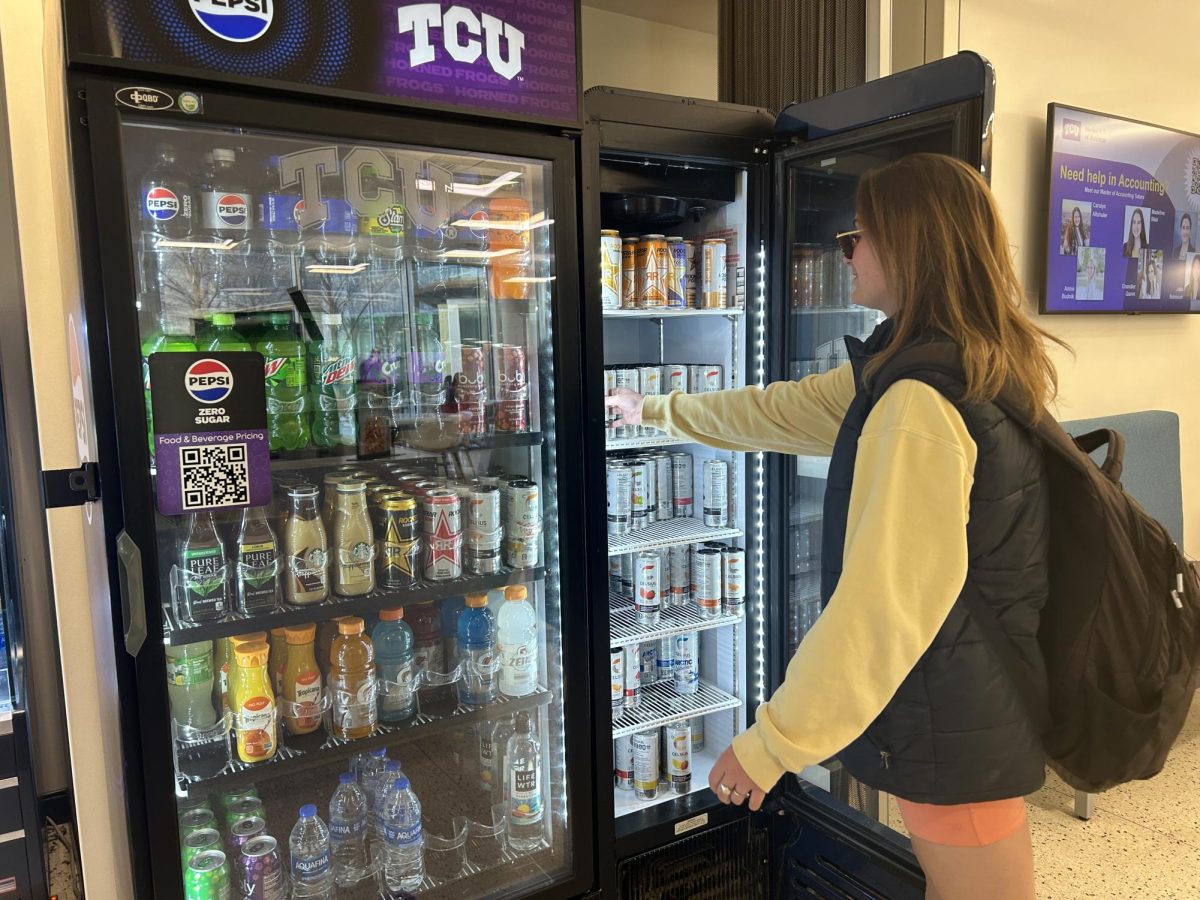The university is preparing for this tornado season with informative magnets, but many on campus either don’t have the magnets or haven’t taken the time to read them, some students said.
Director of Housing and Residence Life Craig Allen said resident assistants put tornado safety magnets on every campus refrigerator at the beginning of each semester, but it’s up to students to heed their warnings. The magnets define what constitutes a tornado warning versus a tornado watch and lists the best places to seek shelter.
The magnets give detailed help, but freshman pre-business major and Colby Hall resident Elsie Cardenas said she saw the magnet and never took the time to read it.
“I know we have some magnets, but I don’t really pay attention to them,” Cardenas said.
Sophomore psychology major and Wright Hall resident Liz Hughes said that until she looked at the refrigerator, she didn’t realize there were magnets on it.
“I probably noticed them before, but not until now have I really paid attention to it,” Hughes said.
Allen said the magnets are the only proactive way residents are told what to do in the event of a tornado. He said if there was a tornado, students should watch weather reports on TV and take precautions to stay safe.
“We’re not going to go in and grab them by the shirt and pull them out into the hallway,” Allen said. “We might talk to them later the next day about why is it that you chose not to move, but at that moment students have to make the smart choice.”
Without instruction on what to do in the event of a tornado warning, students like senior strategic communication and theater major Brittany Richards wonder if they’re safe.
“I was in Pond Street (during a 2008 storm), and we didn’t know what to do,” Richards said. “So we just had to stay in Pond Street until it blew over, and Pond Street is full of glass, so we were just sitting in (the) booths trying to wait it out.”
Richards, who lived on campus at the time, said she remembers feeling scared because she didn’t know where to go.
“That was the scariest, especially when my mom was calling saying, ‘Hey, I’m watching the news, and there’s a tornado right over TCU’s campus by the library, so are you safe?'” Richards said.
Greg Patrick, a meteorologist for the National Weather Service, said the most important thing for students to do to prepare for a tornado is have a plan.
“They need to find the designated storm shelters on campus, which most campuses have in one or more of the buildings,” Patrick said. “Students need to know where those are so they can take quick action to go to those areas as oppose to staying in a unsafe area or running to their car.”
According to the TCU Tornado Safety/Severe Weather Web site, campus shelters include basements, inside walls, restrooms and closets without windows and interior hallways on the lowest floors.
Patrick said the safest place on a college campus is the lower level basement of a strong building or one that is relatively new.
“The school should have buildings that serve as shelter if this type of emergency occurs,” Patrick said.
Allen said that if students are in a place that doesn’t have an obvious shelter, they should think back to the magnets and find the safest possible place.
“If they were in a particular area where every room that was near them had windows, then obviously their goal would be to get as far away from the window as possible,” Allen said.
Patrick said tornadoes are prevalent in Texas because the humidity from the Gulf of Mexico combined with strong jet stream winds from the north allow tornadoes to develop.
He said warning signs of a tornado include a period of heavy rain or hail, followed by the air becoming very still.
“Right after that the very strong winds and tornado funnel will form, which is what you need to watch out for,” he said.
Patrick said to keep your eyes on the west and southwest, including campus markers like Amon G. Carter Stadium and Worth Hills, because most tornadoes in the area form from those directions.




